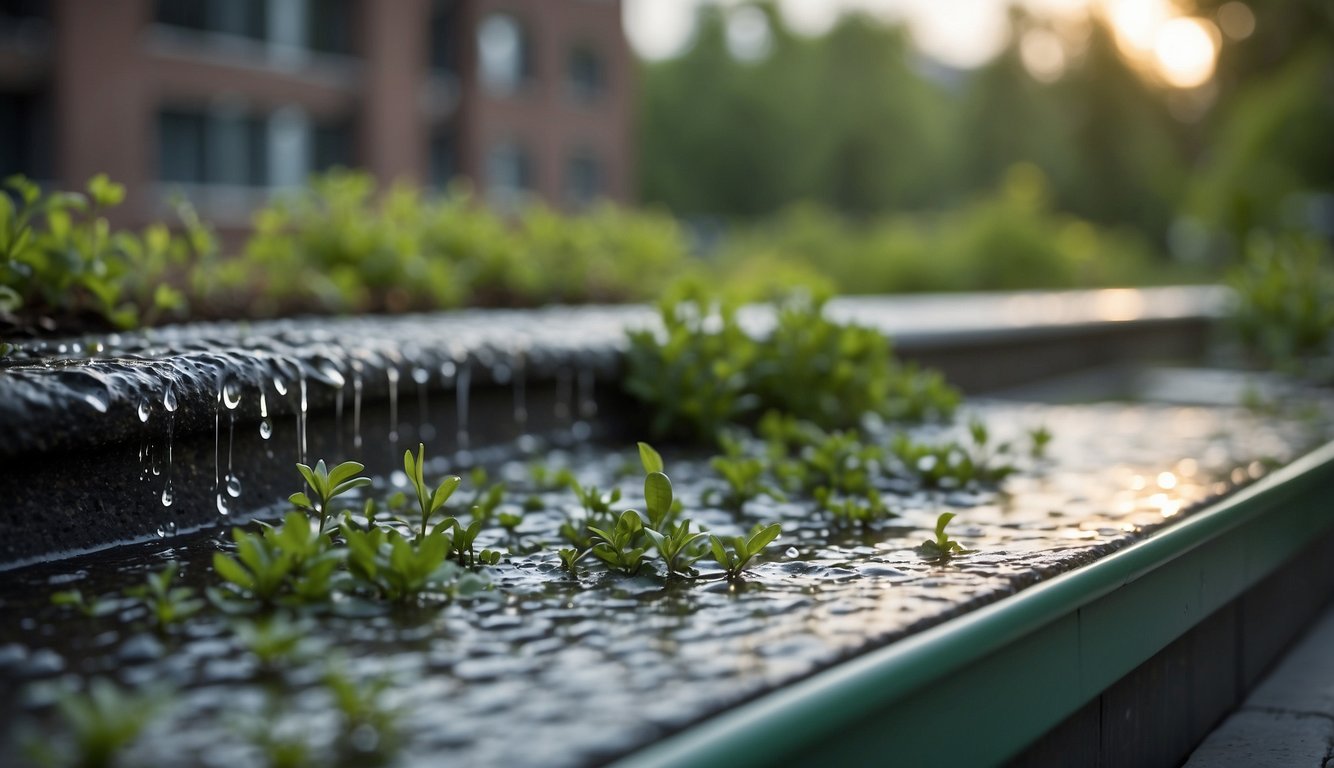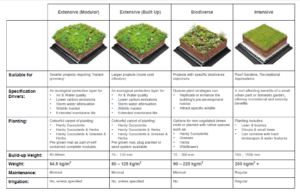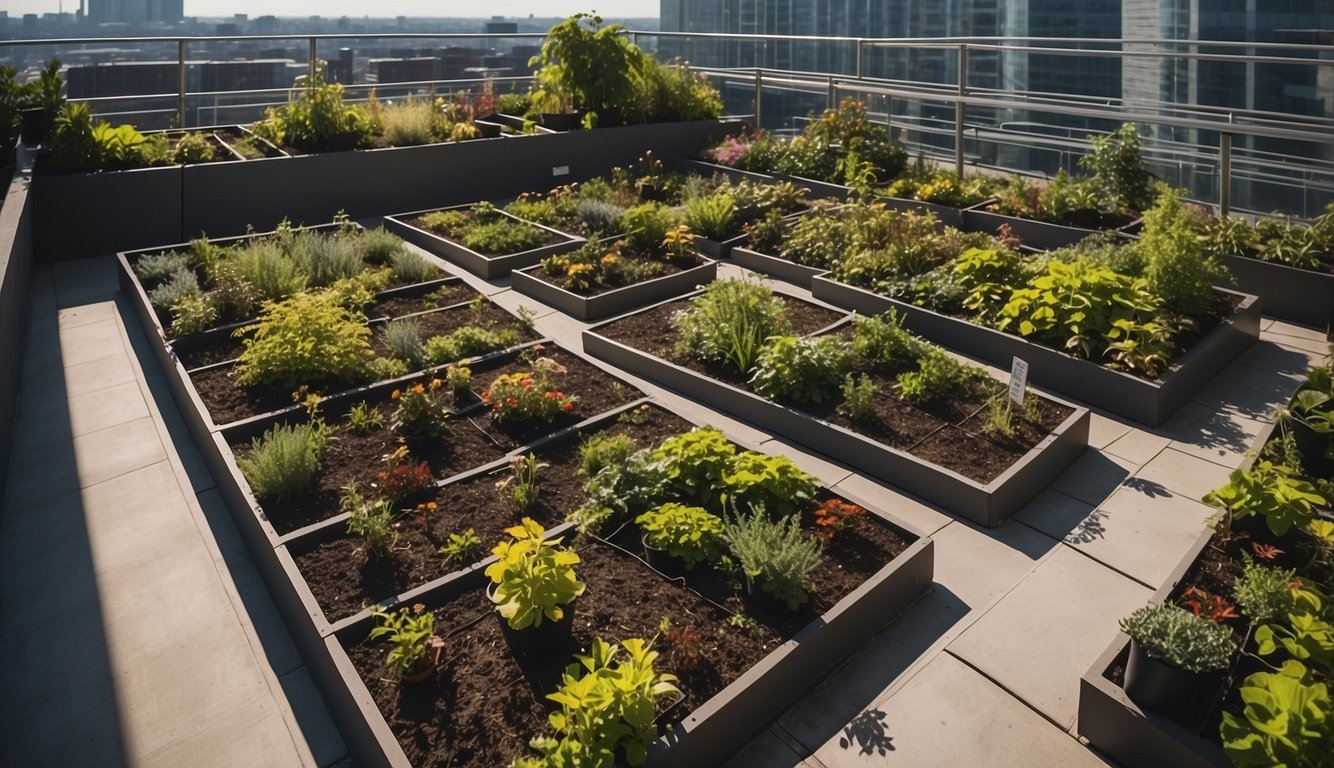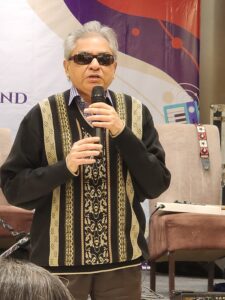 Different parts of the world, including India, witnessed an exceptionally warm year 2024, with mercury going past 50 degrees at several locations. Experts believe that this is going to be the warmest year recorded ever, and scaring thing is that this may just be the beginning. That prompted us to include in this post a building solution that has the potential to keep the indoor temperatures a lot lower than a traditional building. Let us discuss today about another interesting green solution- the green roofs.
Different parts of the world, including India, witnessed an exceptionally warm year 2024, with mercury going past 50 degrees at several locations. Experts believe that this is going to be the warmest year recorded ever, and scaring thing is that this may just be the beginning. That prompted us to include in this post a building solution that has the potential to keep the indoor temperatures a lot lower than a traditional building. Let us discuss today about another interesting green solution- the green roofs.
Roof gardens:
By definition, a green roof or a roof garden is a vegetative layer grown on the rooftop of a building. It has the potential to increase the energy efficiency of the buildings quite considerably by lowering the indoor temperatures. This is accomplished in two ways:
- By acting as a shading device: The vegetative layer on top provides shade to the top of the building protecting it from the harsh sun.
- Lowering surrounding temperature by evaporation: The plants grown in the roof garden absorb considerable amounts of water through their roots and use the surrounding heat to evaporate this water back into the atmosphere.
Components of a green roof:
- Plantation: The topmost layer of a green roof is made of vegetation. These plants are chosen depending on the local climate, condition of the building and also the type of the roof (to be explained later).
- Growing medium: The growing medium acts as the foundation for the vegetation. Its type, depth area and mixture depend on the type of plants to be grown.
- Root barrier: This is used in case deep rooted plants like trees etc are chosen for the roof garden. They are needed to prevent roots reaching the membrane in the bottom most layer that could cause roof leakage and decay.
- Drainage: A suitable drainage system is to be installed to adequately remove excess water and also to enable the plants to use the rainwater for longer periods without oversaturation of the green roof system.
- Insulation layer: An insulation layer is used to prevent the weight of the roof garden from crushing the membrane below.
- Membrane: The bottommost layer of the green roof is a membrane layer that separates the green roof above and the structural supports below.

Types of green roofs:
There are primarily two types of green roofs:
- Extensive roofs: These are simpler, light weight systems suitable for residential buildings or slanting roofs. They present a rugged, durable look that needs less maintenance and is usually not meant for human interaction. Weather resistant plants are used for such roofs.
- Intensive roofs: These are mostly used for public buildings or flat roofs with all kinds of plants and weights. People can enjoy these roofs like common gardens. Heavy plants like trees and shrubs can also be incorporated in these roofs.

Advantages of green roofs:
- Add to the beauty of a building: Roof gardens add to the aesthetic value of buildings. They can be used as public areas or party places for building occupants and guests.
- Energy efficiency: As mentioned above, green roofs help reduce the indoor temperatures considerably. This reduces the energy consumption and optimizes energy efficiency of the building.
- Improves air quality: Green roofs help reduce energy consumption, so air pollution and greenhouse gas emissions also get reduced. Plants also play their part in reducing air pollution and improving its quality.
- Rainwater management: Roof gardens capture and return it to the atmosphere. Rainwater run-off is also controlled and therefore there is little or no need for roof drains and other rainwater management system.
Although the initial cost of green roofs is more than the traditional roofs, they are more cost effective in the long run. Besides giving respite from the intense heat, they add to the beauty of our buildings and help us save considerable money on the cooling systems. It’s time we embrace unusual methods like this to make our buildings more eco-friendly and our environment greener.

Sources:
- https://www.greenroofers.co.uk › Guides
- https://www.sempergreen.com › Solutions › Green Roofs
- https://www.gsa.gov › integrative-strategies › green-roofs
- https://ecolivingjourney.com/green-roofing-stormwater-management
- https://www.curbly.com/4558-did-you-know-a-roof-garden-can
- https://i.pinimg.com/736x/5a/a5/ca/5aa5ca8e8a6e191be88bdb1062778d5
- https://ecolivingjourney.com/green-roof-design-innovations
ABOUT THE AUTHOR

Sandeep Singh is an architect from IIT Roorkee.
Ten years after graduating, he lost his vision to genetic Diabetes.
He reinvented his career and turned writer.
He has authored two fiction books and writes blogs on
Architecture, Outsourcing, Safety and a variety of other
subjects for different organizations. He also chairs and runs two NGOs

